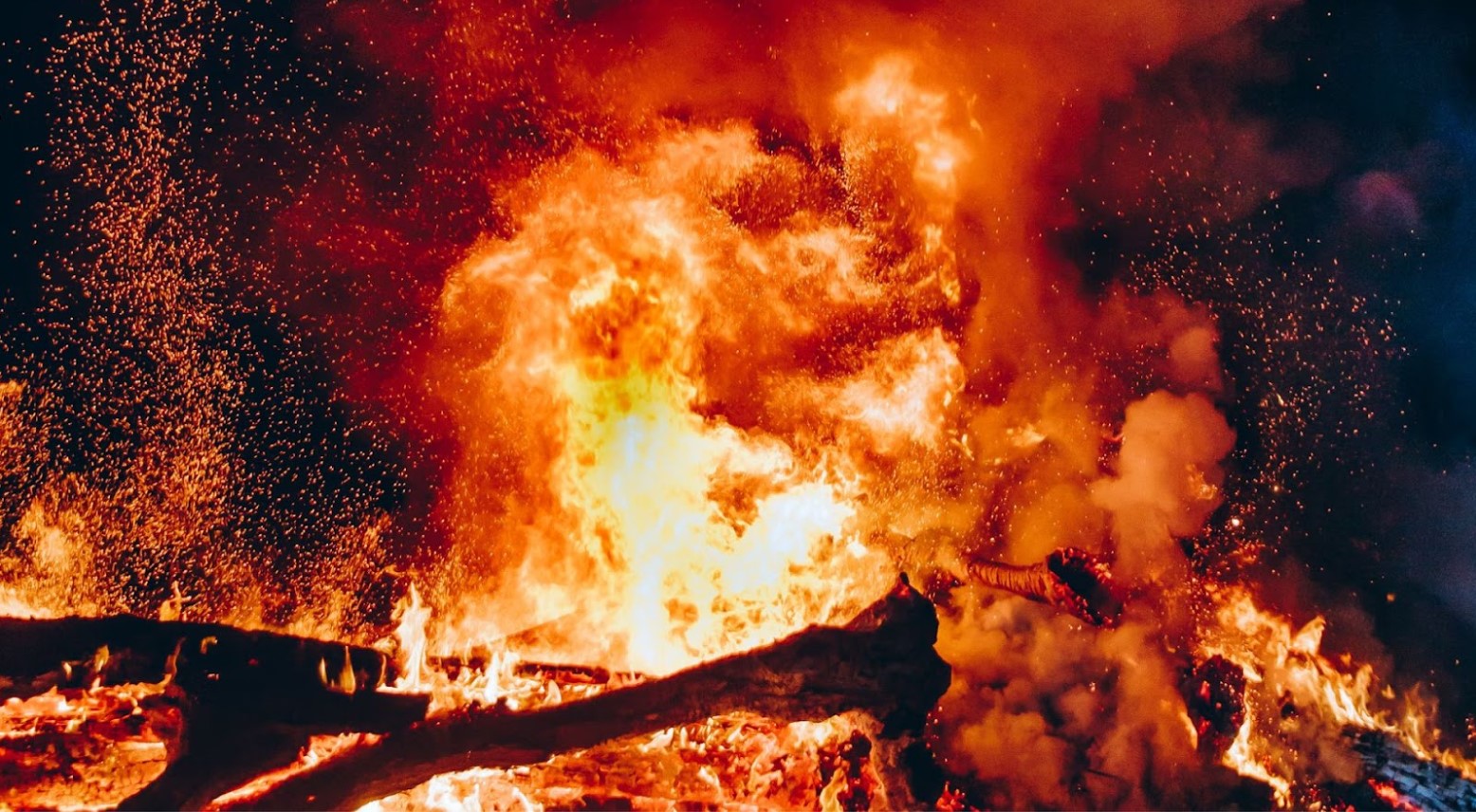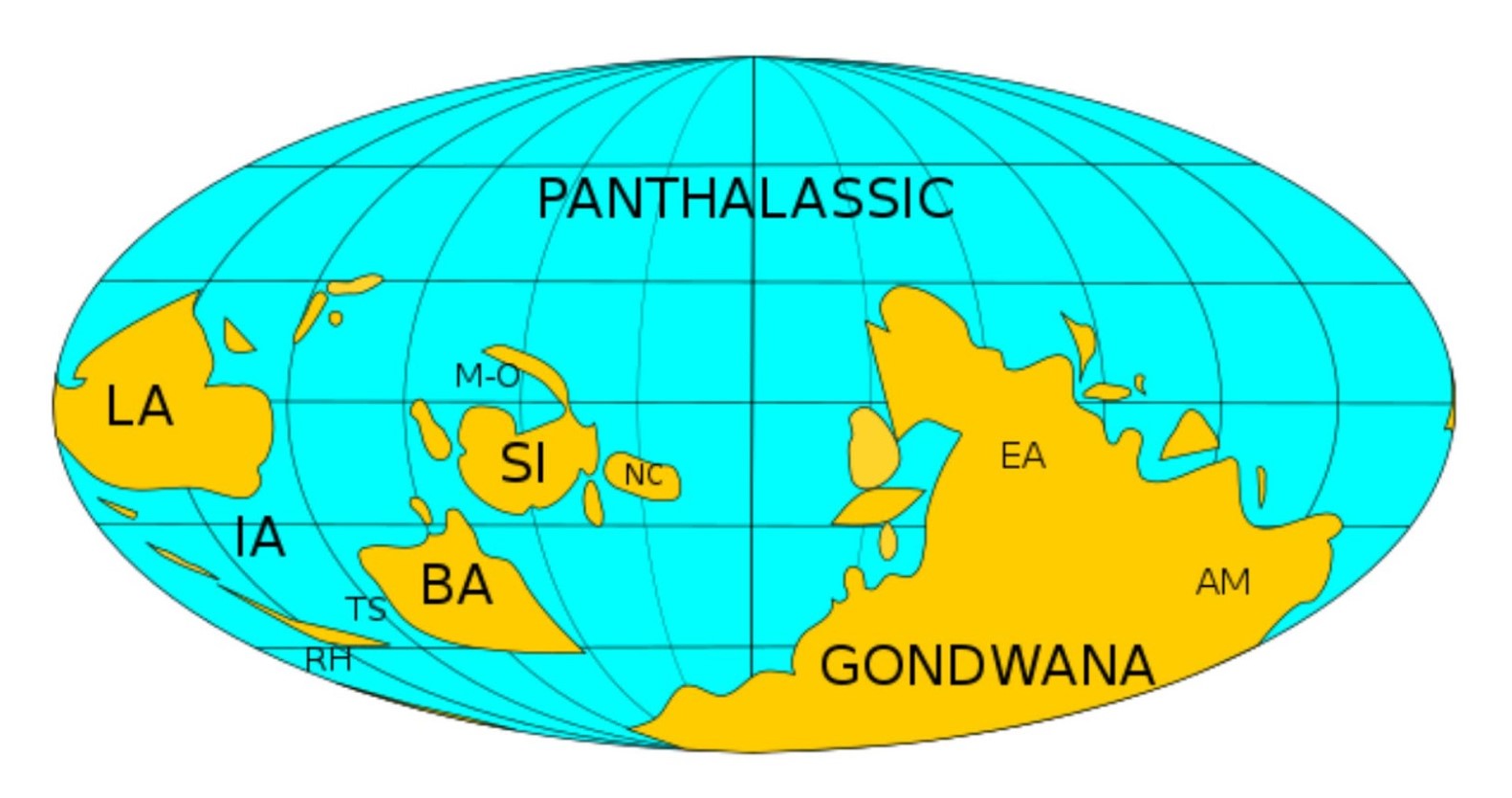Planet Earth Existed Without Fire for Billions of Years
While these days it’s perfectly common to see fires all over planet Earth, especially with climate change causing forest fires, Earth never used to be like this.
Just as life was evolving on Earth, it was perfectly common for there to be no fires at all — so much so that planet Earth went without any fires for billions of years.
Earth Is the Only Planet To Have Fire
For as long as we have known, Earth is the only planet in the solar system to have experienced fires.

Source: Hans Isaacson/Unsplash
This is despite other planets, such as Venus, having volcanos on them that erupt. Even though Venus is the hottest planet in the solar system, no fire has ever occurred there — only on Earth.
Volcanos Spew Magma, Not Fire
With volcanos existing on Venus, and many associating volcanos with fire, some people may be confused as to how Venus has not experienced any fires.

Source: Tetiana Grypachevska/Unsplash
This is because volcanos spew magma, which isn’t fire, and due to the conditions on Venus, no fire has ever happened there.
Earth Went Without Fire for Billions of Years
Earth was once one of the planets that had never had a fire and even managed to go for billions of years without a fire taking place on it.

Source: Christopher Burns/Unsplash
This is because it took billions of years for the Earth’s atmosphere to develop to where having any fire happen would be possible.
The Oxygen Catastrophe
Before fire, Earth had a thick cloud of methane surrounding it, which was caused by bacterial life forms on Earth.

Source: Samuel Ramos/Unsplash
After this, the Oxygen Catastrophe happened. Ancient cyanobacteria were generated from sunlight, which released oxygen into the Earth’s atmosphere. This is where molecular oxygen accumulated in the Earth’s atmosphere for the first time.
The Great Oxidation Event
The Oxygen Catastrophe, also known as the Great Oxidation Event, was short-lived despite the fact that oxygen occurred for the first time in planet Earth’s history.

Source: Curioso Photography/Pexels
It is believed that this event caused the Earth to go into a deep freeze, as the oxygen destabilized the methane and caused a greenhouse effect collapse. This left the Earth cold and in a state where fire could not occur.
Fire Needs Oxygen To Occur
Fires need oxygen to occur. This is why if you have lit a candle and then covered it with a lid, the flame will go out because the lid prevents any oxygen from getting to the flame.

Source: Cullan Smith/Unsplash
Oxygen is the third most abundant element in the universe. However, it can easily bond to other elements, meaning it isn’t often found in its molecular form on planets other than Earth to make fire possible.
Fire Needs Other Substances
As well as oxygen, fire needs other substances in the form of fuel and heat to occur.

Source: Benjamin DeYoung/Unsplash
This is why we only burn certain materials, such as wood, coal and oil, when creating fire. These materials can undergo a rapid oxidation process to produce fire.
Fire Began During the Ordovician Period
Earth existed without fire for around 4 billion years until the Ordovician period happened, which changed everything.

Source: Kent G. Budge/Wikimedia Commons
During this period, plants began to flourish, which led to an increase in oxygen levels in the Earth’s atmosphere. However, while fires occurred for the first time during this time, they were pretty rare.
The Evolution of Plants Caused More Fires
What might surprise some is that the evolution of certain plants, especially ones that evolved lignin, increased the number of fires on Earth.

Source: Chris Adney/Unsplash
Lignin is a complex organic polymer that helps plants grow tall and sturdy. This then led to a larger amount of plant material that could be used to create fires.
Oxygen Should Be Between 13% and 35%
It has been found that oxygen levels need to be between 13% and 35% in order for fire to occur.

Source: Mockup Graphics/Unsplash
If oxygen levels are below 13%, plant material cannot burn. If they are above 35%, the fire will burn to the point where forests cannot grow or be sustained.
Fossils Show Proof of Fires 420 Million Years Ago
It is not known exactly what year fires first started on Earth. However, there is proof of fires occurring as far back as 420 million years ago.

Source: James St. John/Wikimedia Commons
This was discovered when charcoal was found in rocks from 420 million years ago. Despite this, the oxygen levels would have still been pretty low during this period, so fires of a great scale would not have occurred until 383 million years ago when forest fires started to occur.
